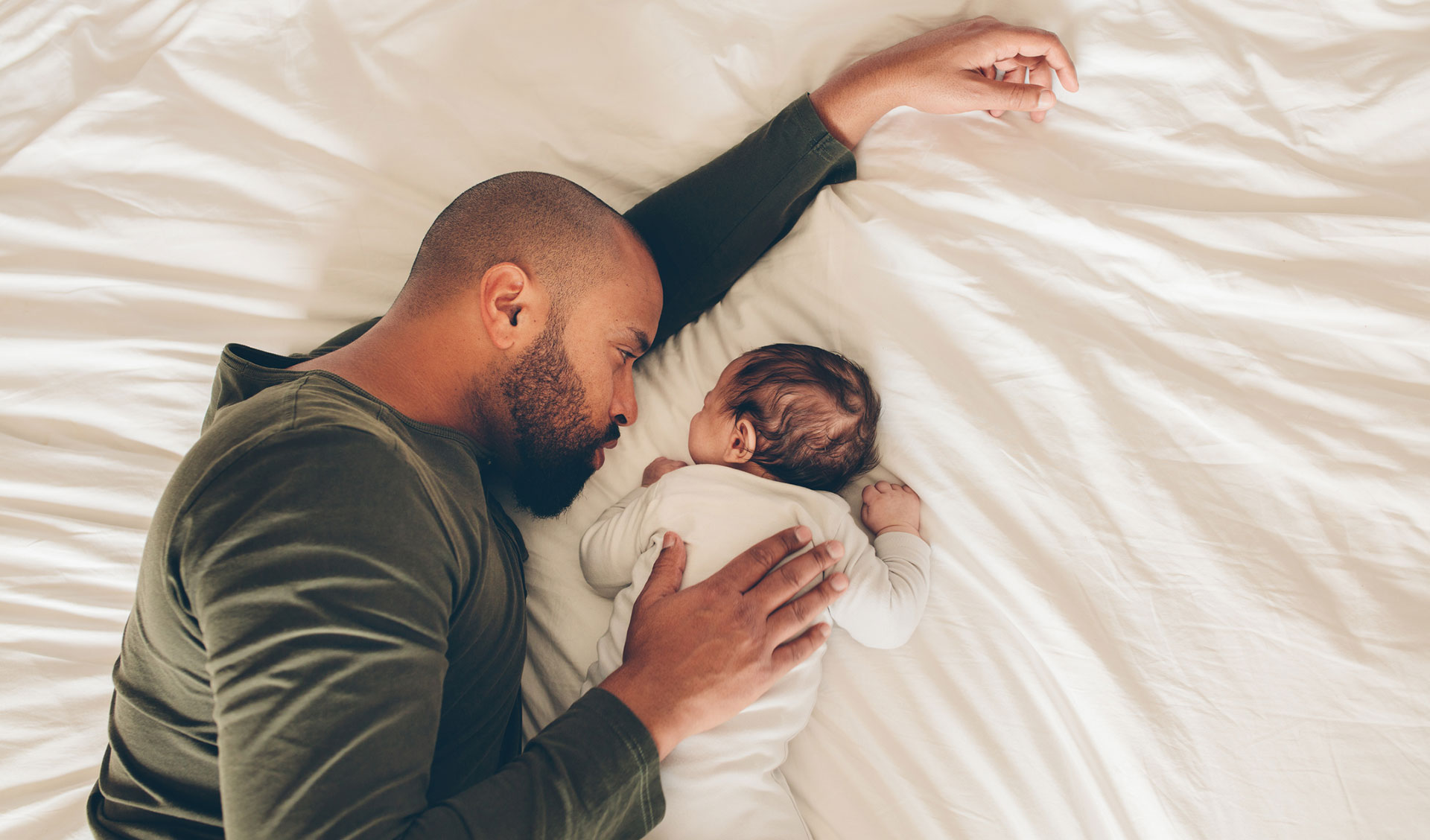-
Endometriosis affects one in 10 women of reproductive age, but most people haven’t even heard of the condition. In fact, about a third of women with endometriosis do not know they have it until they have trouble falling pregnant, or it’s discovered during an operation for another reason.
We take a look at this chronic condition, including its causes, symptoms, treatment and where to get help.
What is endometriosis?
Endometriosis is a condition where tissue lining of the uterus, called the endometrium, grows outside of the uterus. Put more simply, it’s when you find cells similar to those in the lining of your uterus growing in areas they shouldn’t, including the lining of the abdomen and pelvis, and on organs like the bowel, bladder and ovaries.
Whether they are inside or outside of the uterus, these cells respond to hormonal changes during menstruation, which means they can bleed at the same time as your period causing inflammation and scarring.
Causes
Endometriosis is not well understood and the causes are still unknown. Possible causes and risk factors include:
- Family history: Women with a close relative, for example a mother or sister, who has endometriosis are up to 7-10 times more likely to get it.
- Retrograde menstruation: This occurs when blood, which contains endometrial cells, flows backwards through a woman’s fallopian tubes during her period. In most women the cells are absorbed or broken down. In women with endometriosis, the cells grow.
- Metaplasia: conversion of normal pelvic tissue to endometrial tissue resulting in endometrial tissue outside the uterus.
Symptoms
The symptoms of endometriosis vary from woman to woman, and in some cases there may not be any symptoms at all. When they do occur, symptoms include:
- Pain: About three quarters of women with endometriosis experience pelvic pain, or painful periods. The general rule of thumb is that if you’re too uncomfortable to go to school, work or exercise, speak to your doctor. Some women also experience pain during or after sex, or pain going to the toilet. They type of pain you experience is generally related to where the endometrial cells are growing.
- Bleeding: Heavy bleeding, irregular bleeding, bleeding longer than normal or before a period is due are all potential symptoms of endometriosis.
- Bladder and bowel problems: Changes to your usual bladder or bowel movements, and bleeding.
- Other symptoms: Feeling bloated, tired or moody, especially around the time of your period.
Diagnosis
Unfortunately diagnosis of endometriosis isn’t straight forward. To begin with, your doctor will ask about your symptoms. If you are or have been sexually active, they may do an internal examination to look for painful areas in the pelvis to detect painful areas in your pelvis.
Your doctor may suspect endometriosis and start treatment, but the only way to definitively diagnose the condition is by having an operation called a laparoscopy. A laparoscopy is done under general anaesthetic. It involves inserting a small camera into your pelvic area through an incision near your belly button. The doctor identifies and removes any potential endometrial tissue, which is then sent to a laboratory to confirm the diagnosis.
Management and treatment
Endometriosis can’t be cured but there are some ways you can manage the symptoms.
- Pain relief: For some women, the symptoms of endometriosis may be managed through pain relief medications like paracetamol.
- Hormonal therapy: The aim of hormonal therapy is to reduce your symptoms by suppressing the endometriosis. There are a range of hormonal treatments available, including the oral contraceptive pill, intrauterine devices, implants and injections.
- Surgery: Laproscopy, the surgery used to diagnose endometriosis, or laparotomy can also be used to relieve symptoms and improve fertility. During these procedures, the surgeon removes as much endometriosis as possible. A hysterectomy is sometimes used to treat endometriosis in severe, recurrent cases.
- Lifestyle: Looking after your health and wellbeing may also help to relieve symptoms, including a healthy diet, reducing and managing stress, regular exercise and getting a good night’s rest.
It is a myth that pregnancy can cure endometriosis – it can relieve the symptoms, but they tend to return after childbirth.
Emotional impact
Many women find being diagnosed and living with endometriosis has an impact on their mental health. There are a number of support services out there, including counselling and support groups. If you’re struggling, your doctor is a good place to start.
Getting help
If you think you could have endometriosis speak to your doctor or gynaecologist.
Endometriosis explained

https://jeanhailes.org.au/contents/documents/Resources/Booklets/Understanding_endometriosis.pdf
https://www.healthdirect.gov.au/endometriosis
https://jeanhailes.org.au/health-a-z/endometriosis/emotions
https://www.thewomens.org.au/health-information/periods/endometriosis/treating-endometriosis/
-
What are your options when you can’t get pregnant?
1 in 6 couples struggle to conceive—we explore some options.
-
Ask an obstetrician
An obstetrician’s advice for pregnant women
-
How to boost male fertility
Simple lifestyle changes can help increase your sperm count and quality.
-
What to expect before you’re expecting
Your preconception checklist
-
Talking about parenting styles
How to think about adopting a parenting style.
-
5 factors that can affect male fertility
Want to become a dad? Here's what you should know
Subscribe to receive the best from Live Better every week. Healthy recipes, exercise tips and activities, offers and promotions – everything to help you eat, move and feel better.
By clicking sign up I understand and agree to Medibank's privacy policy






